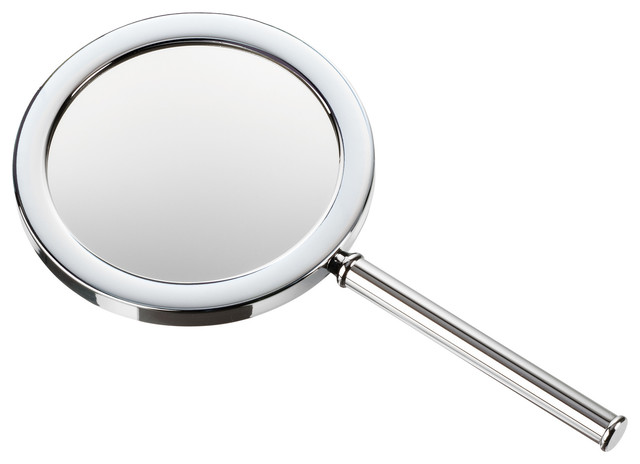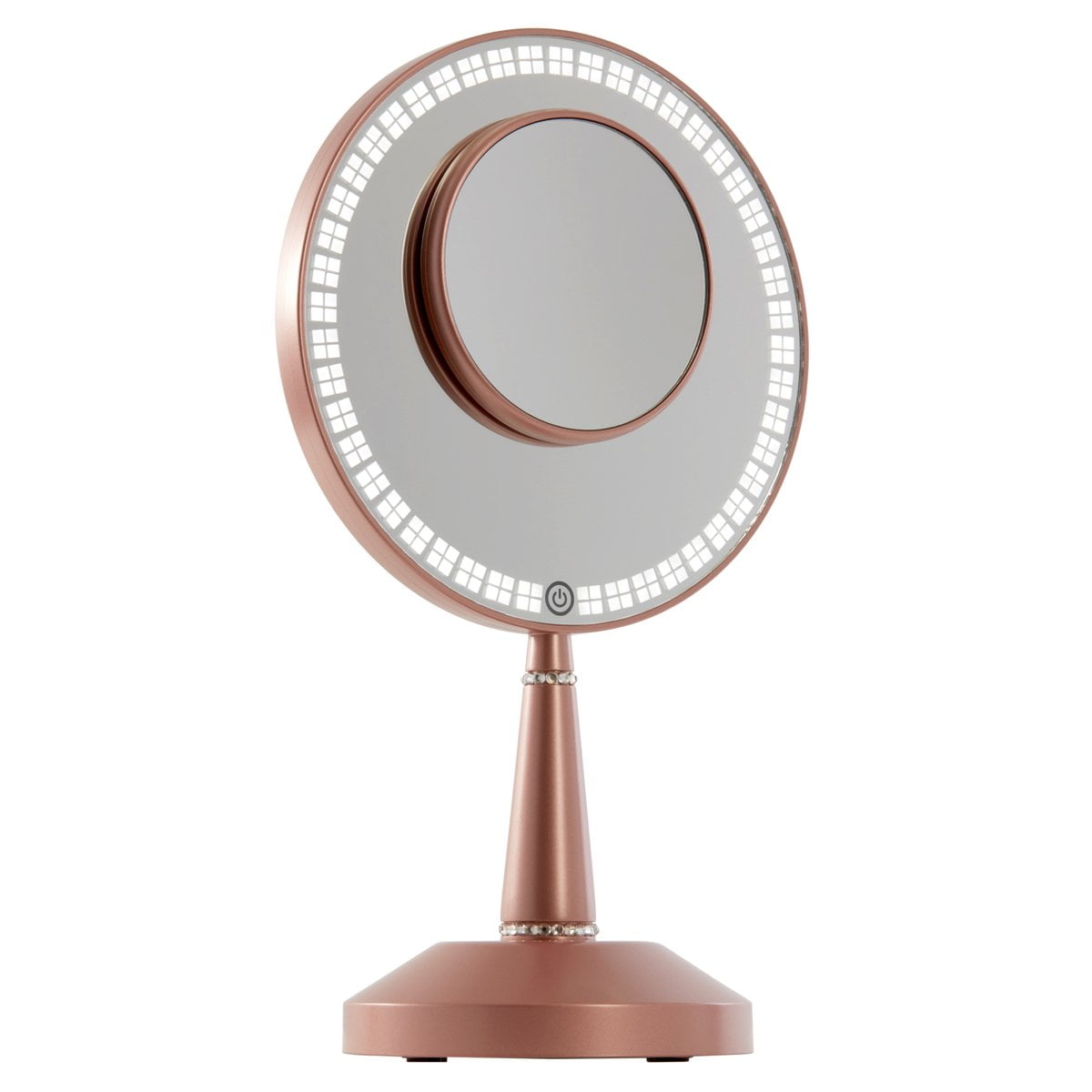
Spherical Mirrors are categorized into two types:
Focus: It is any given point on the principal axis where light rays parallel to the principal axis will converge or appear to converge after getting reflected from the mirror. It is present on the axis of a mirror where the rays of light parallel to the principal axis converge or appear to converge or diverge after reflection. Principal Focus: Principal Focus can be called the Focal Point also. It is represented by the capital letter R, Radius of Curvature: It is considered as the linear distance between the pole and the center of curvature. It is represented by the capital letter C. Centre of Curvature: The point in the center of the mirror surface that passes through the curve of the mirror and has the same tangent and curvature at that point. All the measurements are based on this line. Principal axis: An imaginary line that passes through the optical center and from the center of curvature of a spherical mirror. It also gives an idea about the size of the mirror.  Aperture: An aperture of a mirror is a point from which the reflection of light actually takes place or happens. All the measurements are made from it only. Pole: The midpoint or the center point of the spherical mirror. Important Terms used in Spherical Mirrors Those mirrors which possess reflecting surfaces which are spherical are called spherical mirrors. The reflecting surface of such mirrors is considered to form a part of the surface of any sphere. The most widely used type of curved mirror is the spherical mirror. The curved surface we see of a shining spoon can be considered a curved mirror. When a light beam strikes a plane mirror, the light ray is reflected in such a way that it makes an equal angle with the incident ray that is, the angle of reflection is equal to the angle of incidence. The most typical mirrors are flat and are referred to as “plane mirrors.” A fine layer of silver nitrate or aluminum is deposited behind a flat piece of glass to construct plane mirrors. The two types of mirrors that are most commonly used are: The classification of the images as real or virtual depends on where the light rays intersect. The incident rays are coming from the object, and the reflected rays are what produce the image. When an object is placed in front of a mirror, the mirror reflects the image of the same object. Class 10 RD Sharma Solutions- Chapter 2 Polynomials - Exercise 2.1 | Set 2Ī mirror is a reflective surface that reflects light and creates a real or imaginary image. Euclid's Division Algorithm - Real Numbers | Class 10 Maths. Electric Potential and Potential Difference. Step deviation Method for Finding the Mean with Examples. Theorem - The tangent at any point of a circle is perpendicular to the radius through the point of contact - Circles | Class 10 Maths. Section formula – Internal and External Division | Coordinate Geometry.
Aperture: An aperture of a mirror is a point from which the reflection of light actually takes place or happens. All the measurements are made from it only. Pole: The midpoint or the center point of the spherical mirror. Important Terms used in Spherical Mirrors Those mirrors which possess reflecting surfaces which are spherical are called spherical mirrors. The reflecting surface of such mirrors is considered to form a part of the surface of any sphere. The most widely used type of curved mirror is the spherical mirror. The curved surface we see of a shining spoon can be considered a curved mirror. When a light beam strikes a plane mirror, the light ray is reflected in such a way that it makes an equal angle with the incident ray that is, the angle of reflection is equal to the angle of incidence. The most typical mirrors are flat and are referred to as “plane mirrors.” A fine layer of silver nitrate or aluminum is deposited behind a flat piece of glass to construct plane mirrors. The two types of mirrors that are most commonly used are: The classification of the images as real or virtual depends on where the light rays intersect. The incident rays are coming from the object, and the reflected rays are what produce the image. When an object is placed in front of a mirror, the mirror reflects the image of the same object. Class 10 RD Sharma Solutions- Chapter 2 Polynomials - Exercise 2.1 | Set 2Ī mirror is a reflective surface that reflects light and creates a real or imaginary image. Euclid's Division Algorithm - Real Numbers | Class 10 Maths. Electric Potential and Potential Difference. Step deviation Method for Finding the Mean with Examples. Theorem - The tangent at any point of a circle is perpendicular to the radius through the point of contact - Circles | Class 10 Maths. Section formula – Internal and External Division | Coordinate Geometry. 
ISRO CS Syllabus for Scientist/Engineer Exam.ISRO CS Original Papers and Official Keys.GATE CS Original Papers and Official Keys.








